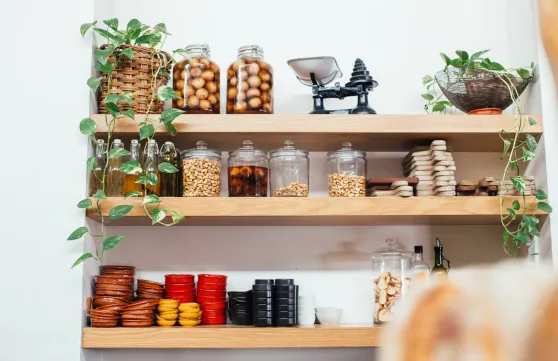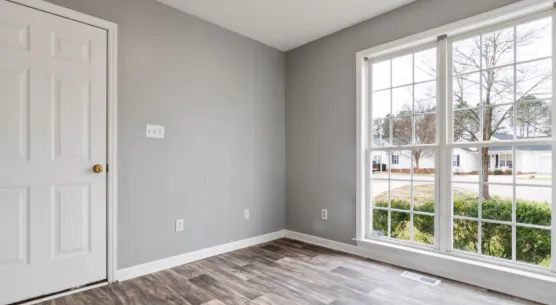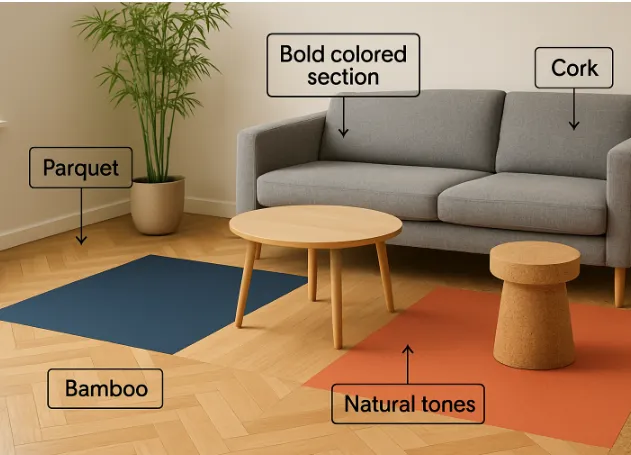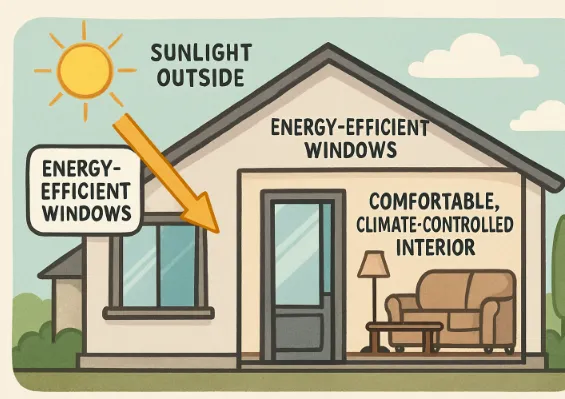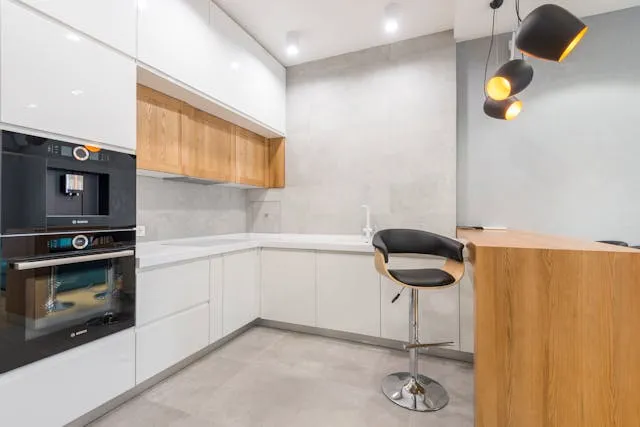Ways to Upgrade Your Home’s Pantry Without a Full Remodel
Ever feel like your pantry’s just a glorified cabinet where cans go to die? If you’ve opened the door only to find expired beans, half-crushed pasta boxes, and mystery jars with no labels, you’re not alone. With grocery prices climbing and home cooking making a major comeback, more people are paying attention to what’s hiding behind those pantry doors. In this blog, we will share ways to upgrade your home’s pantry without a full remodel.
Also Read: Beating the Humidity: Fun and Fresh Ways to Enjoy Summer Indoors
The Post-Pandemic Pantry Glow-Up
Since early 2020, pantries have had a moment. First, there was panic-buying. Then came the sourdough starter craze. Eventually, people stopped using their pantries as prepper bunkers and started seeing them for what they could be: a quiet command center for everyday meals. With remote work still part of many lives and grocery delivery here to stay, pantries have become less about long-term storage and more about daily convenience.
But here’s the catch—most pantries weren’t built for this level of action. They’re awkward, overstuffed, underlit, and impossible to keep clean. Still, you don’t need a contractor or a second mortgage to fix that. Most pantry upgrades come down to organization, durability, and making small, smart choices that change how the space actually works.
Even something as simple as using foil box liners in high-traffic areas can protect shelves from oil stains, crumbs, and jar rings that never scrub off completely. These liners help keep surfaces clean and reflect light into dark corners, making it easier to spot that one spice bottle you keep forgetting to buy. If you’ve ever spent twenty minutes trying to scrub a leaking soy sauce disaster out of particle board, you’ll understand the appeal. Small interventions like this prevent messes before they happen and stretch the lifespan of your pantry shelves.
The point isn’t to make it look like a magazine photo. It’s to make it work harder, last longer, and feel like a functional space instead of a kitchen afterthought.
Storage That Adapts to Real Life
Most pantries were designed for a different time, when meals were simpler and packaging was less chaotic. Now, with everything from protein powders to air-fried snack bags crowding the shelves, flexibility matters.
Start by rethinking how you use vertical space. Adding tiered risers or under-shelf baskets instantly gives you a second layer for stacking without the balancing act. If your shelves are too deep and things get lost in the back, lazy Susans—especially in corners—can make a difference. They’re not just for Grandma’s spice rack anymore.
Clear containers help, but only if you label them. Matching jars look great, but if you can’t tell the difference between flour and pancake mix until it’s too late, the system fails. Consider chalkboard stickers or dry erase labels for containers that rotate contents often. And before buying anything new, take one hard look at what’s actually in your pantry. If it hasn’t been touched in six months, chances are it’s either expired or not worth the shelf space.
Bins are useful for grouping by category—like snacks, baking, or breakfast—but don’t overdo it. If you have to unstack four containers to reach the cereal, that’s a system built to annoy. Think like a grocery store: the stuff you use most should be at eye level, within one grab. What you use occasionally can live higher or lower. And if your kids are raiding the pantry unsupervised, you probably want to move the chocolate chips up a shelf or two.
Light and Air: Two Things Most Pantries Lack
Unless you’re lucky enough to have a walk-in setup with a window, chances are your pantry is a dark cave where fresh air goes to die. This matters more than people think. A stale, stuffy pantry can lead to food spoilage, warped packaging, and that weird smell you can’t quite place.
Battery-powered motion lights are cheap and easy to install. Mount them on the ceiling or even inside cabinet doors so you’re not fumbling with your phone flashlight during dinner prep. LED strips under each shelf offer even more visibility, making it easier to spot spills or expired items before they turn into a cleanup project.
For airflow, even small changes help. A vented door, a tiny battery-powered fan, or just keeping the door cracked open during the day can prevent that muggy, closed-in feeling. If your pantry doubles as a broom closet or household supply dump, keeping airflow moving becomes even more important. Cross-contamination from cleaning products and food isn’t just gross—it can be unsafe.
Build Habits That Keep the Upgrade Going
The best pantry in the world doesn’t mean much if it falls into chaos two weeks after organizing it. The secret isn’t better bins. It’s habits.
Start with a simple rule: every time you grocery shop, take one minute to move the oldest items to the front. FIFO—first in, first out—is how restaurants manage inventory, and it works at home too. Make checking expiration dates a once-a-month task, not a yearly panic.
Don’t stock more than you use. It sounds obvious, but the urge to “stock up” leads to expired goods and wasted space. Instead of bulk-buying five bags of flour, figure out your real usage and adjust from there. If you’re not baking every week, one is enough.
Write things down as they run out. Keep a notepad inside the pantry or use a digital list app synced across devices. That way you don’t end up with three jars of peanut butter and no salt. Small behavior tweaks make your system sustainable—without adding more clutter or creating extra work.
When the Pantry Isn’t Just a Pantry Anymore
More homes are blending pantry space with utility areas, coffee stations, even office nooks. This isn’t just about design trends—it reflects how people are using their homes differently. With remote work and hybrid schedules still part of life for millions, the line between “kitchen” and “everything else” is thinner than ever.
A pantry can hold more than food. Add hooks for aprons, bins for batteries, shelves for pet food, or even a space for charging stations. The goal is to use the space in ways that actually serve your household. Don’t let tradition tell you what belongs in there.
And if you’ve got kids, consider turning part of the pantry into a snack zone or lunch-packing station. It teaches independence and makes mornings run smoother. Just be sure to install controls so the cookies don’t vanish by Wednesday.
You don’t need a full remodel to make your pantry better. You just need a few tools, a little time, and a clear sense of how your space should actually function. In an age when homes are expected to do more—serve as classrooms, offices, restaurants, and gyms—your pantry deserves more than a once-a-year cleaning. It deserves to work as hard as you do.

